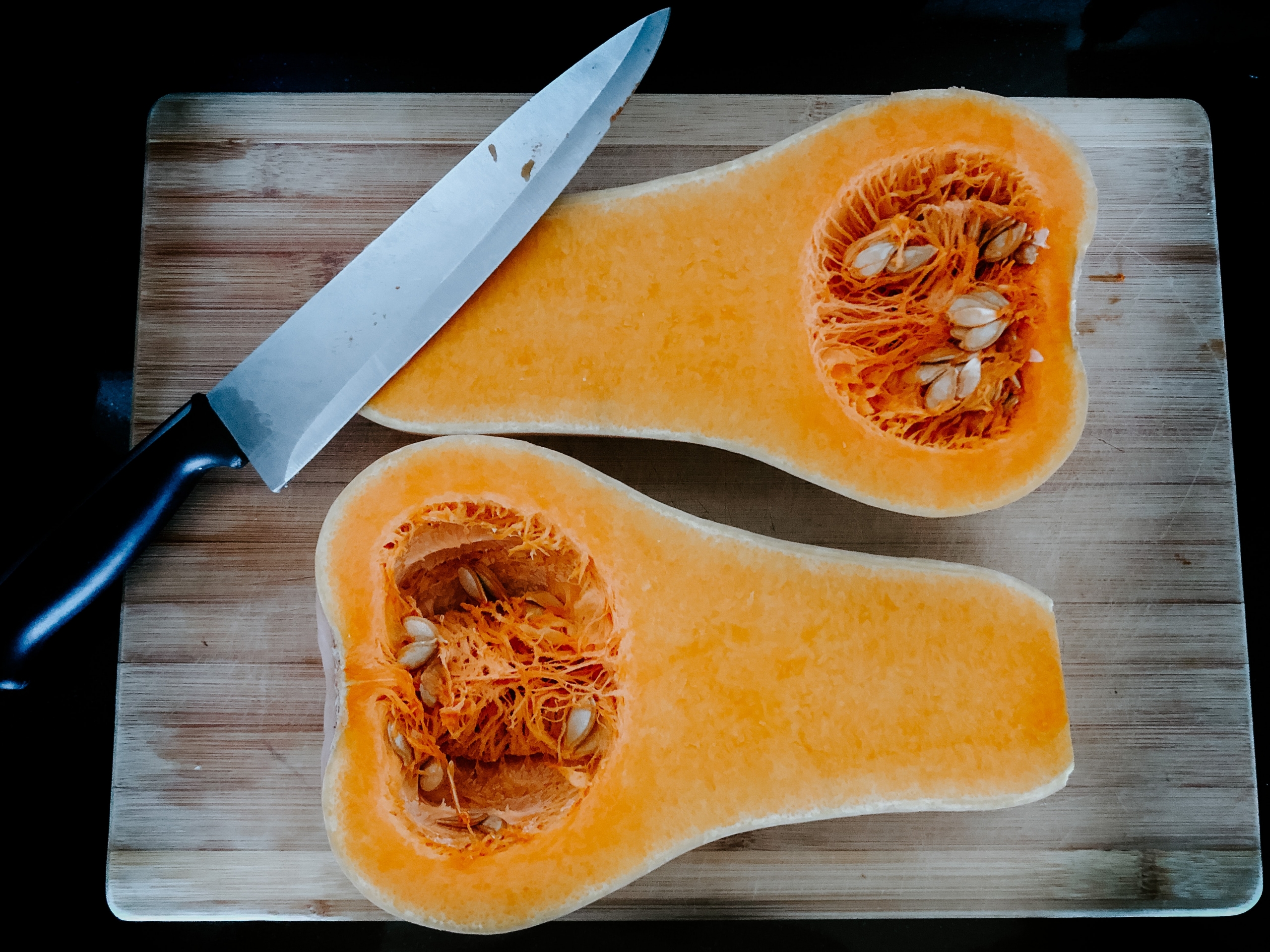Back to our roots
Fall is upon us and with all the changing colours comes the magnificent explosions of orange, purple and red as we welcome back the root vegetables. Slower to grow than the fast festive greens of summer, these root gems offer up the tender sweetness of the earth and lots of hearty goodness for the colder months ahead.
Root vegetables are wonderful for strengthening our digestive systems according to TCM. It makes sense as they are one of the first to be introduced to babies as they welcome in solid foods.
Naturally sweet, starchy and filling, these are a harvest favourite and last well, all through the winter in cold cellars and crispers alike.
Today I’m going to focus in on the squash family.
Curvy, fleshy and oh so sweet, winter squash differ from summer squash which tend to be smaller and have a thinner rind. The outer rind thickens with the winter squash and the seeds harden making them hard to eat (unless of course you roast them!).
Pumpkin, acorn, spaghetti and butternut are all part of this winter squash family.
Strengthening the spleen/stomach/pancreas system in Eastern Medicine, these tend to be easy to digest and good to build the QI energy in the body.
In Western nutrition, we look to squash to strengthen our eyes due to the healthy levels of beta-carotene, lutein and vitamin C. Not to mention other anti-oxidants and anti-inflammatories which make them helpful in preventing cataracts and macular degeneration.
Banana squash who are related to pumpkins and, other than shape, have nothing to do with bananas, are known to help balance blood sugar and have been used in many places as hypogycemic treatments.
The high levels of beta carotene along with some other components help to strengthen skin and hair and the carotenoids can help decrease inflammation, lower blood pressure and help prevent expression of genes linked to heart disease.
The heath benefits of the squash family continue as they contain many bioactive compounds that help fight cancer cells including triggering apoptosis or programmed cell death in damaged or irregular cells.
And lest we forget – they tasted great!
You can stew, bake, roast, steam or saute squash. They can be make into a sweet loaf or a savour stew. They are hearty and bulky and can be pureed to silky smoothness in a warm and nourishing soup. You can bake them and the sugars will almost create a caramelized crust on them which you can add to a winter salad. Stew them with zucchini, eggplant and tomatoes for a ratatouille or spiralize them or use spaghetti squash as a replacement to pasta.
For the love of squash, try a one of the recipes below and welcome the tasty orange glow to this weeks menu
Angela Warburton, B.A, RTCMP, R.Ac

